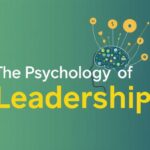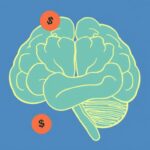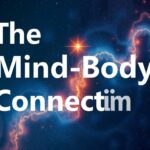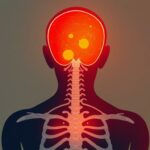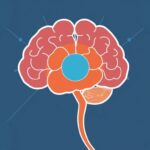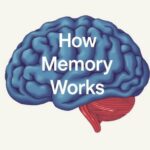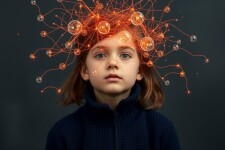Understanding Attraction: More Than Just a Feeling
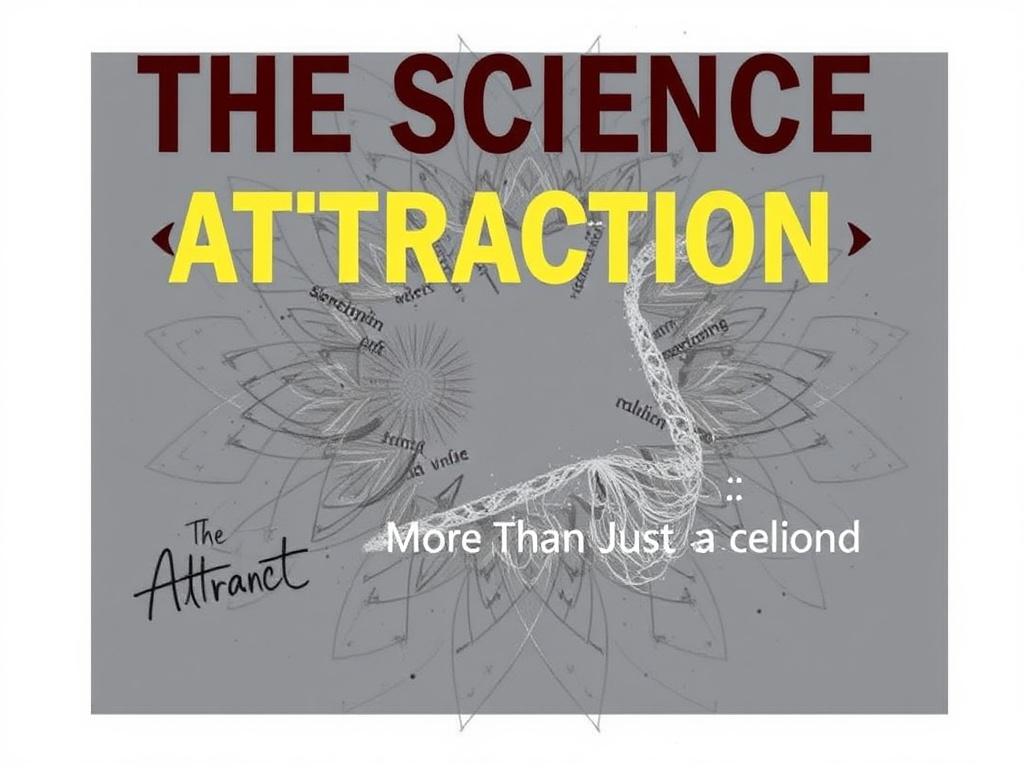
Attraction is a complex, multifaceted phenomenon that has intrigued humans for centuries. It’s more than just a fleeting feeling or a simple “spark” between two people. The science of attraction dives deep into the psychological, biological, and social factors that draw individuals toward one another. Whether it’s the flutter of butterflies in your stomach or a long-lasting bond formed over time, attraction governs much of our social interactions and relationships. But what exactly causes us to be attracted to certain people? Is it purely physical appearance, or are there deeper forces at work? Today, we’ll unravel this intricate web, exploring how attraction operates on many levels.
The Biological Foundations of Attraction

At its core, attraction often begins with biology. Our brains and bodies produce chemicals and signals that influence who we find appealing. Hormones like dopamine, serotonin, and oxytocin play vital roles in creating those feelings of pleasure and attachment. Dopamine, for example, is associated with reward and motivation—when you see someone you’re attracted to, your brain releases this chemical, creating a sense of excitement and desire.
Oxytocin, often called the “love hormone,” strengthens emotional bonds and fosters feelings of closeness and trust between people. It’s released during physical touch, like hugging or holding hands, but also during intimate conversations that deepen connections. These neurochemical processes help explain why attraction isn’t just skin-deep; it’s an experience rooted in our physiology.
The role of pheromones, subtle chemical signals emitted by our bodies, is also significant in attraction. While humans may not rely on scent as heavily as some animals, research indicates that pheromones can influence subconscious attraction. These invisible signals can communicate genetic compatibility and help people select partners who are biologically suited for producing healthy offspring.
Physical Appearance and Evolutionary Attraction
Physical appearance undeniably plays a significant role in initial attraction. Our brains are wired to respond to specific facial features, body shapes, and symmetry as they often signal health and genetic fitness—key elements in mate selection from an evolutionary perspective. Symmetry, in particular, is perceived as a sign of genetic stability and overall health, which may unconsciously guide attraction.
Evolution has shaped preferences in attraction to ensure survival and reproduction. For instance, men often find traits like clear skin, youthfulness, and a waist-to-hip ratio in women attractive because these indicate fertility. Women may be drawn to traits such as a strong jawline, broad shoulders, and height in men because these suggest protection and good genes.
However, it’s essential to recognize that culture and personal experiences can nuance these evolutionary predispositions. While biology sets the foundation, it’s combined with social and psychological factors that paint the full picture of attraction.
The Psychology Behind Attraction
While biology sets the stage, psychology directs much of the play. Our preferences, experiences, and even our personalities influence whom we find attractive. Psychologists identify several important principles and phenomena that shape attraction beyond the surface.
Proximity and Familiarity
One of the most powerful predictors of attraction is proximity—being physically close to someone increases the likelihood of forming a bond. This makes perfect sense in everyday life: coworkers, classmates, and neighbors often become sources of attraction simply due to repeated exposure.
Familiarity breeds comfort. The more often we see and interact with someone, the more we tend to like them. This is called the “mere exposure effect,” a psychological concept indicating that people tend to develop preferences for things merely because they are familiar. Walking past a stranger multiple times at the coffee shop can paradoxically build a sense of attraction without exchanging a single word.
Similarity and Shared Values
Opposites may attract in movies, but in real life, similarity matters a lot. Shared interests, values, attitudes, and even socio-economic status strengthen attraction by fostering understanding and ease of communication. When we perceive others as similar to ourselves, we experience positive feelings of validation and acceptance.
Shared goals and consistent outlooks on life can create strong emotional connections. These similarities allow partners to cooperate and support one another effectively, strengthening the foundation of healthy relationships.
Attraction Table: Psychology vs. Biology
| Aspect | Biological Factors | Psychological Factors |
|---|---|---|
| Primary Influence | Hormones, Pheromones, Genetic Cues | Personality, Similarity, Proximity |
| Time Scale | Instantaneous physical attraction | Gradual emotional attachment |
| Key Chemicals | Dopamine, Oxytocin, Serotonin | Comfort, Trust, Shared Values |
| Focus | Physical traits signaling health | Emotional compatibility and communication |
The Role of Social and Cultural Influences
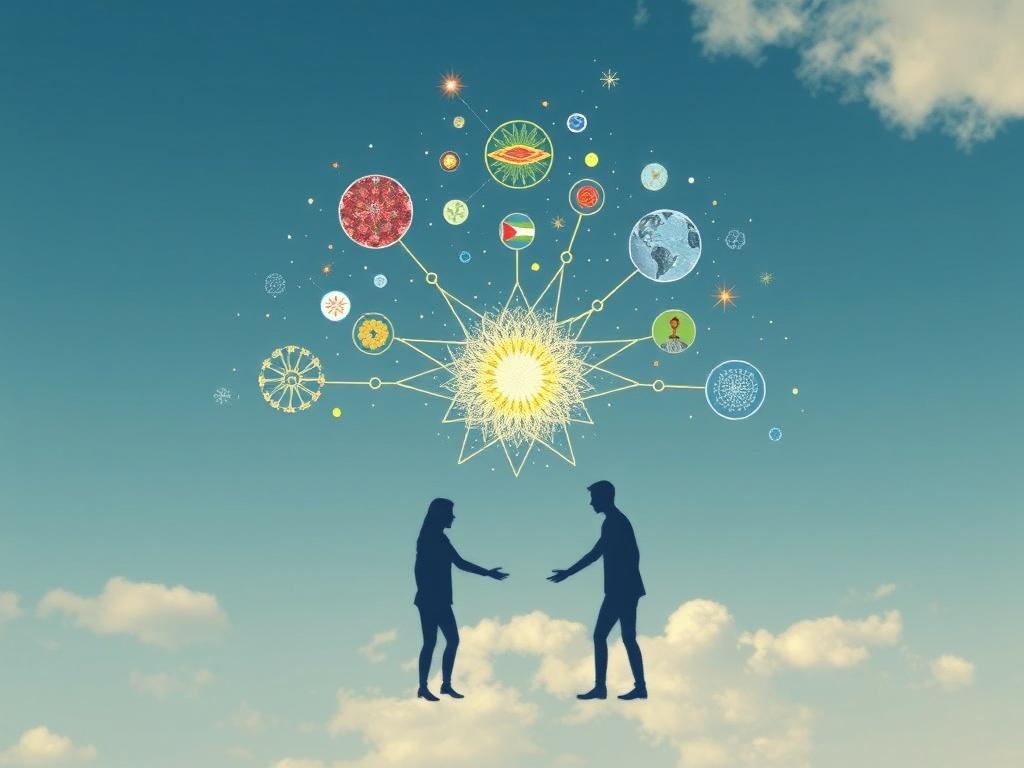
Attraction isn’t confined to biology and individual psychology—culture deeply shapes what we find attractive and how we express it. Different societies cultivate unique ideals for beauty, behavior, and courtship.
Beauty Standards Across Cultures
What’s considered attractive in one culture may be completely different in another. For example, in some cultures, a fuller body shape symbolizes prosperity and health, whereas in others, slenderness is prized. Skin tone preferences, hairstyles, makeup, and fashion also vary widely.
Cultural norms influence dating rituals, communication styles, and what behaviors are interpreted as flirtatious or desirable. Understanding these variations helps us appreciate that attraction is not just universal biology but a dynamic product of cultural context.
Media and Technology’s Impact on Attraction
The modern world has revolutionized how people meet and interact, with online dating platforms playing a huge role. These technologies often emphasize visual first impressions through photos and profiles, sometimes amplifying biological cues like physical attractiveness.
However, technology also allows us to find partners based on shared interests and values through more in-depth profiles and conversations. Yet, the abundance of choices can paradoxically make it more challenging to form deep connections, leading some researchers to study the “paradox of choice” in romantic attraction.
Social and Cultural Factors Affecting Attraction
- Historical beauty trends (e.g., Victorian corsets vs. modern activewear)
- Traditional gender roles influencing attraction behaviors
- Language and communication styles in romantic expression
- Impact of globalization blending cultural standards
- Online dating dynamics vs. face-to-face interactions
Interpersonal Chemistry: When Attraction Becomes Connection
Physical and social factors often ignite attraction, but what transforms that attraction into a meaningful relationship? Interpersonal chemistry encapsulates this magic, involving emotional intimacy, shared vulnerability, and mutual responsiveness.
Effective communication, empathy, and reciprocal interest are essential ingredients. When two people tune into each other’s verbal and non-verbal cues and show genuine interest, attraction can deepen into lasting connection. Moments of shared laughter or mutual support create memories that bond people.
The Role of Nonverbal Communication
Body language, eye contact, facial expressions, and touch convey powerful messages in attraction. Sometimes these nonverbal signals reveal more than words can. A warm smile or a genuine gaze can trigger feelings of affection and trust, while crossed arms or lack of eye contact may dampen attraction.
Mirroring another person’s posture and gestures is an unconscious way of signaling rapport. These subtle behaviors build psychological closeness, reinforcing attraction.
Myths and Misconceptions About Attraction
The science of attraction dispels many common myths. For instance, the idea that “opposites attract” is often overemphasized in popular culture. While differences can be exciting initially, similarity generally predicts relationship satisfaction.
Another misconception is that attraction is always instant or purely physical. While immediate chemistry happens, long-term attraction often depends heavily on emotional and intellectual compatibility.
People also believe that love at first sight is a rare, magical phenomenon. In truth, what might feel like love at first sight is usually strong physical attraction coupled with idealized perceptions of the other person.
Common Attraction Myths
- People only fall for looks
- Opposites always attract
- Attraction doesn’t change over time
- Love at first sight is true love
- Attraction is out of our control
Practical Tips to Enhance Attraction and Build Connection
Now that we understand the science behind attraction, how can we apply this knowledge in real life? Here are some practical tips to help foster attraction and meaningful relationships:
- Be Genuine: Authenticity builds trust and makes you more attractive.
- Maintain Good Physical Health: Regular exercise, proper hygiene, and sleep improve appearance and confidence.
- Focus on Shared Interests: Find common ground to deepen connection beyond surface-level.
- Enhance Communication Skills: Practice active listening and genuine curiosity.
- Use Positive Body Language: Smile, make eye contact, and mirror gestures naturally.
- Respect Personal Space: Physical touch is important but only when appropriate and consensual.
- Be Open to Vulnerability: Sharing feelings can deepen emotional bonds significantly.
How Technology is Changing the Science of Attraction
In the digital era, attraction has taken on new forms. Dating apps rely on images and quick judgments, but many platforms also offer personality quizzes, interest matching, and conversation starters to foster deeper connections.
Artificial intelligence is beginning to personalize dating experiences by analyzing compatibility beyond looks, emphasizing shared values and communication styles. This technology-driven approach complements traditional attraction factors with modern insights.
The challenge remains to balance immediate physical attraction with the psychological and emotional components necessary for meaningful relationships. Technology offers new pathways, but the fundamental science of attraction—that interplay of biology, psychology, and culture—remains unchanged.
Conclusion
The science of attraction is a fascinating journey that brings together biology, psychology, and culture to explain one of the most intimate human experiences. From the chemical rush in our brains to shared values and social context, attraction is far more than a simple feeling—it’s a dynamic process shaped by countless visible and invisible forces. Understanding these elements helps us appreciate the complexity of human connection and empowers us to nurture relationships more consciously. Whether you’re navigating the excitement of new attraction or sustaining the warmth of an enduring bond, knowing the science behind the magic can enrich every step of the journey.


